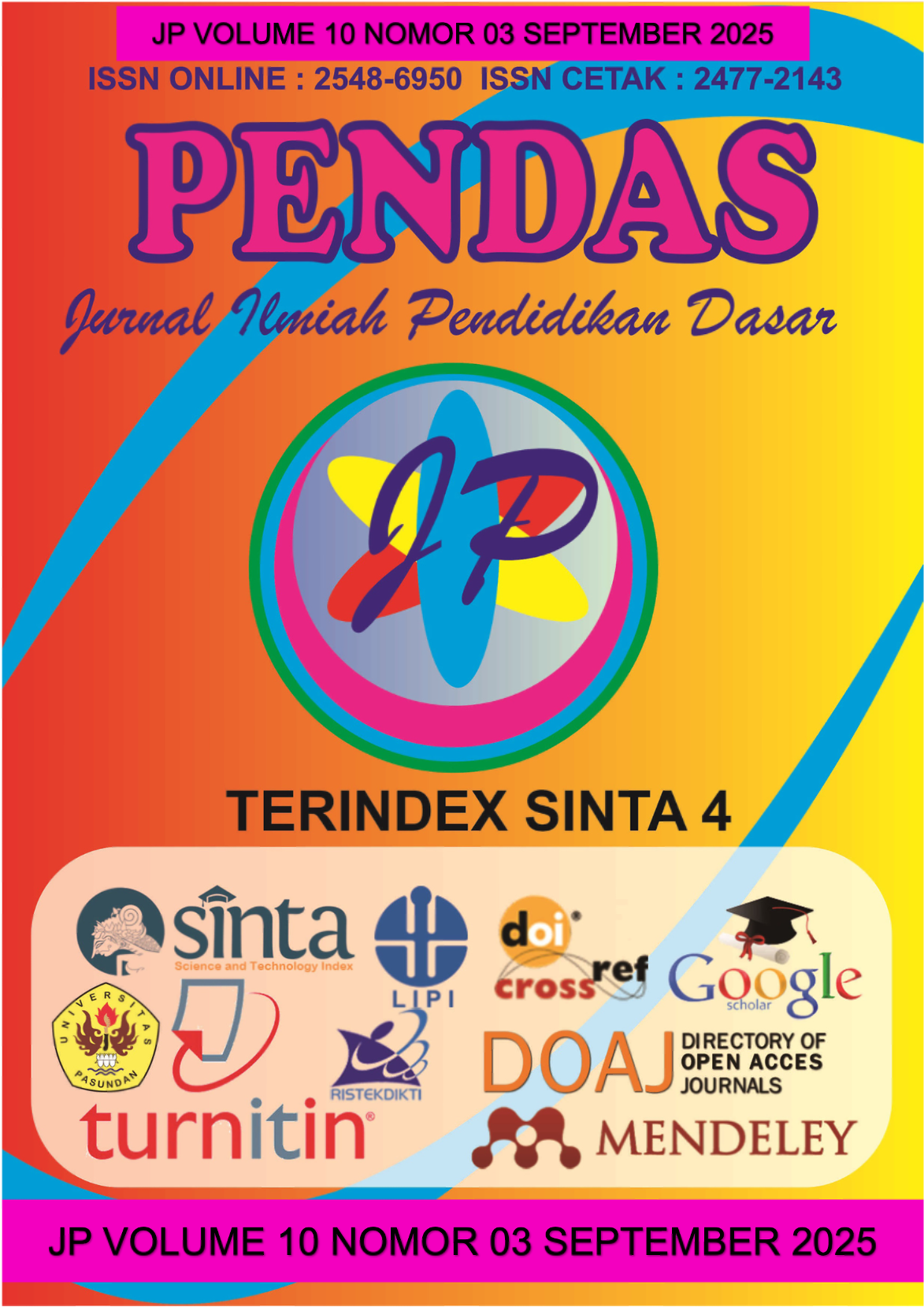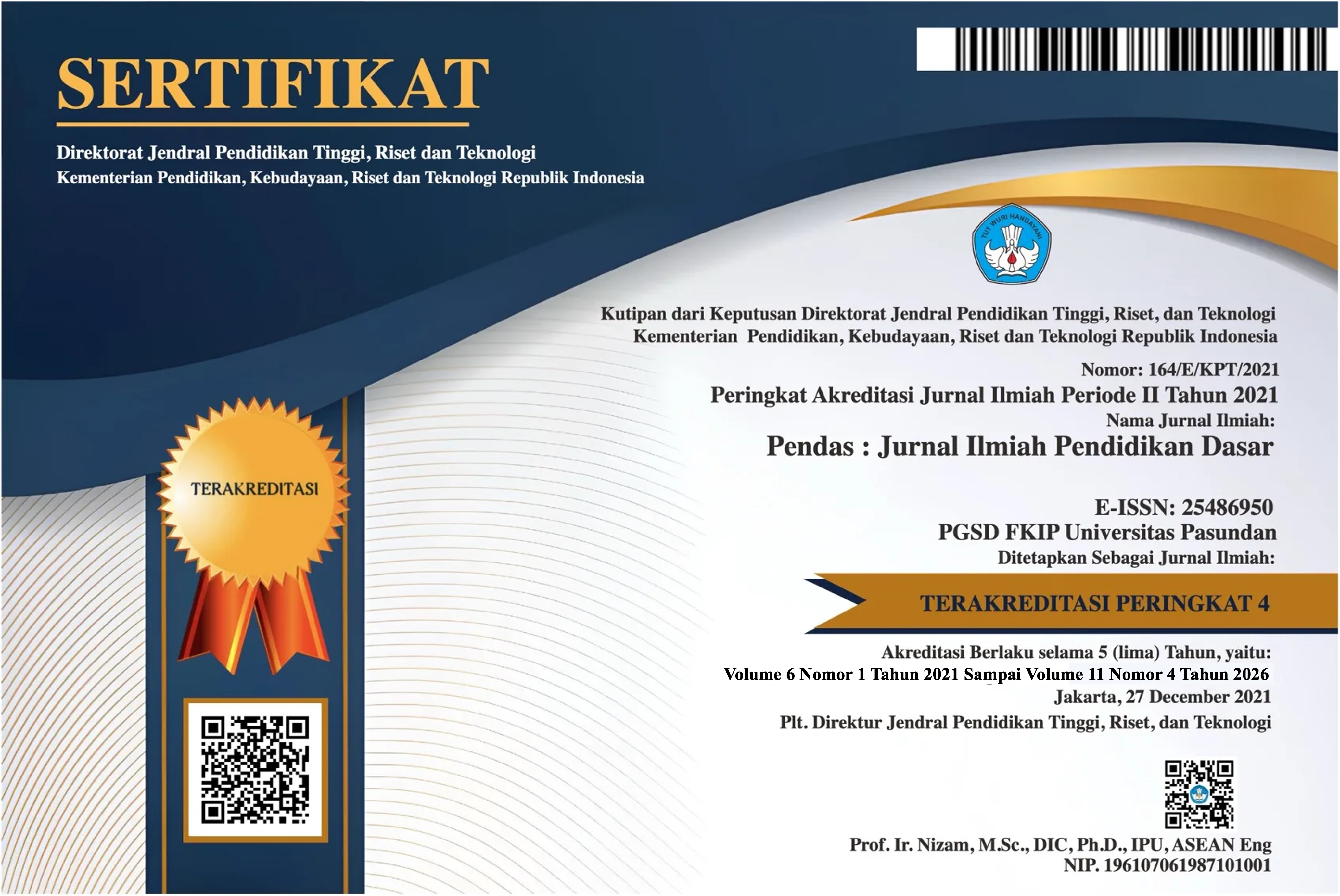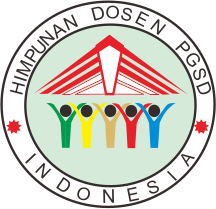BENTUK PENYAJIAN TARI REJANG RENTENG PADA PIODALAN DI PURA PADMASANA DESA LABONU KECAMATAN BASIDONDO KABUPATEN TOLITOLI
DOI:
https://doi.org/10.23969/jp.v10i03.32553Keywords:
Presentation Form, Rejang Renteng Dance, Pura Padmasana Labonu Village.Abstract
The Rejang Renteng Dance is a sacred dance performed by married women and is prohibited for children or unmarried women. Rejang Renteng is performed during the Piodalan ceremony at Pura Padmasana, Labonu Village, symbolizing a dance to guide the deities descending to Earth. This research aims to explain the presentation form of the Rejang Renteng Dance and the changes that have occurred in its presentation, which in turn influence the perfection of the Piodalan ceremony at Pura Padmasana, Labonu Village. This is particularly relevant because the Rejang Renteng Dance at Pura Padmasana Labonu Village shows slight variations in its textual aspects. The research employs a qualitative method. Data collection techniques include observation, interviews, and direct documentation of the dance presentation through videos, photographs, and recordings. The results indicate that the presentation form of the Rejang Renteng Dance at the Piodalan in Pura Padmasana, Labonu Village, can be observed through several aspects: the dance movements consist of three types of movements; the floor patterns consist of two types of patterns; the dancer’s makeup is simple, wearing white kebaya blouses and yellow kamen (traditional clothes). The property used is a yellow sash, and the accompanying music is Gong Kebyar. The number of dancers totals 14. The performance venue is located in the Jaba Mandala area of the temple.
Downloads
References
Ardana, I Ketut (2012). ‘Skala Niskala: Realitas Kehidupan Dalam Dimensi Rwa Bineda’. Volume 8 (pp. 140-141 ).
Artana, Dewa (2007). Pendidikan Agama Hindu dan Budi Pekerti. Bali: Penerbit Duta.
Bandem, I Made dan Debore, Fredrik Eugene (2004). Kaja Dan Kelod Tarian Bali Dalam Transisi. Jakarta: PT. Indonesia Printer.
Dibia dkk (2006). Tari Komunal. Jakarta: Lembaga Pendidikan Seni Nusantara
Djafar Nurlia (2014). “Simbol dan Makna Tari Langga Buwa Karya Muraji Bereki”(Tesis).Yogyakarta: Institut Seni Indonesia Yogyakarta.
Hadi Y. Sumandiyo (2006). Seni Dalam Ritual Agama. Yogyakarta: Pustaka
_______________ (2007). Kajian Tari Teks dan Konteks. Yogyakarta: Pustaka Book Publiser
Hartono (2018). Model Pembelajaran tari Anak Usia Dini. Yogyakarta: CV Hikam Media Utama
Heriyawati Yanti (2016) Seni Pertunjukan Dan Ritual. Yogyakarta: Penerbit Ombak.
Hinelo, Riska Apriliani (2020). “Bentuk Penyajian Tari Putri Papu Pada Acara Penyambutan Tamu Di Desa Jaya Bakti Kecamatan Pagimana Kabupaten Banggai”(Skripsi). Gorontalo: Universitas Negeri Gorontalo
Ohi Rahmawati (2019). ‘Nilai Organologi Akustik Polopalo’. Jurnal Etnomusikologi. Volume 15 (pp. 36 ).
Purnomo, Jelly Eko dan Zefri Yandra (2021). Seni Bubaya Untuk SMA Kelas X. Jakarta: PT Gramedia Widiasarana Indonesia.
Rakhmadi Butar-Butar, Arwin Juli dkk. (2023). Book Chapter Astronomi Islam Vol II. Yogyakarta: CV Bildung Nusantara.
Ratna, Nyoman Kutha (2020). Metodologi Penelitian Kajian Budaya dan Ilmu sosial Humaniora Pada Umumnya. Yogyakarta: Pustaka Pelajar.
Rohidi, Tjetjep Rohendi (2011). Metodologi Penelitian Seni. Semarang: Cipta Prima Nusantara.
Sitharesmi, Riana Diah dan Semiaji Trubus (2023). Analis Tari. Yogyakarta: CV Budi Utama.
Downloads
Published
Issue
Section
License
Copyright (c) 2025 Pendas : Jurnal Ilmiah Pendidikan Dasar

This work is licensed under a Creative Commons Attribution 4.0 International License.



















